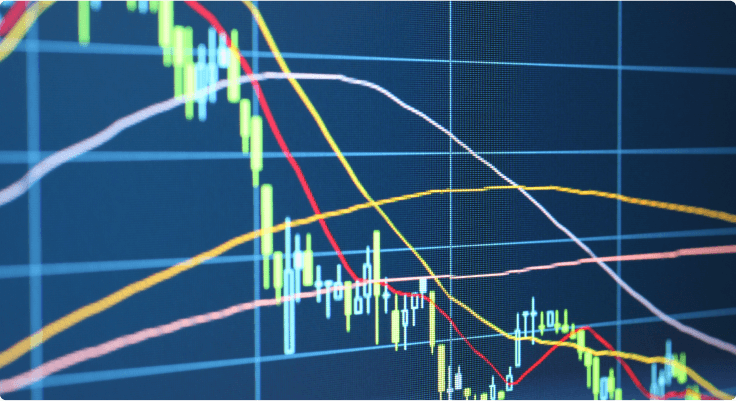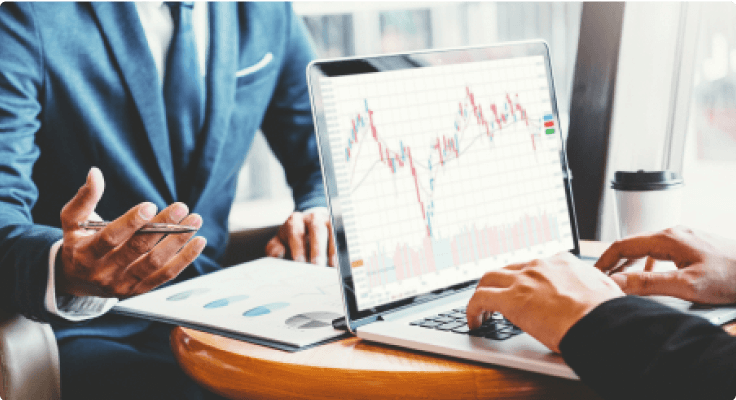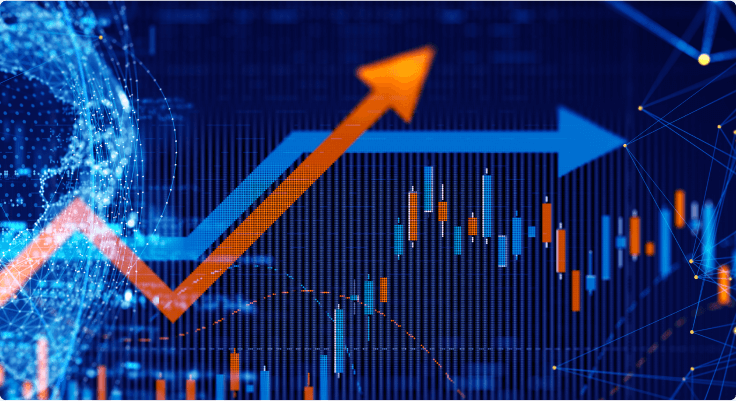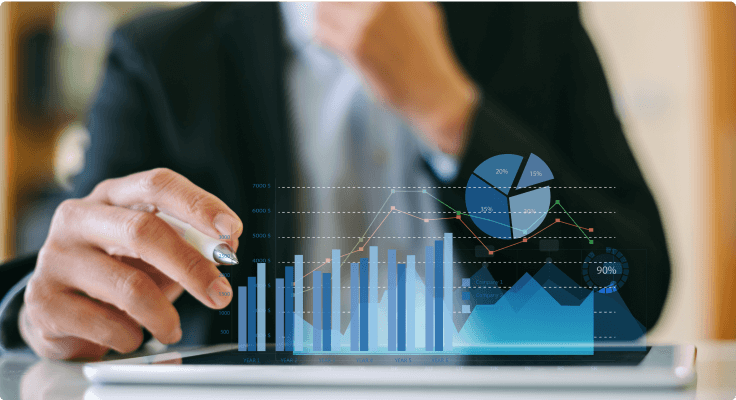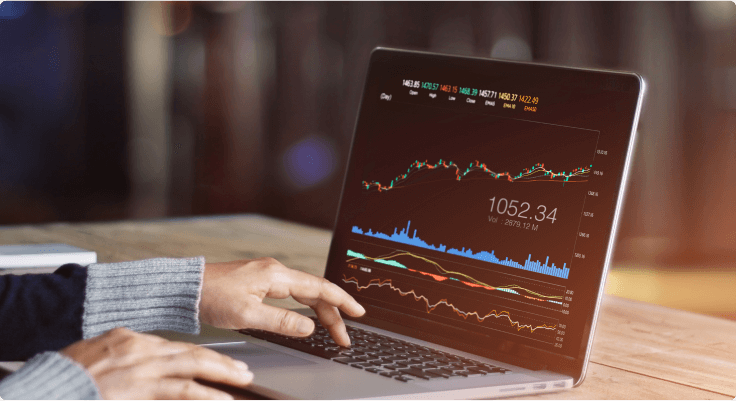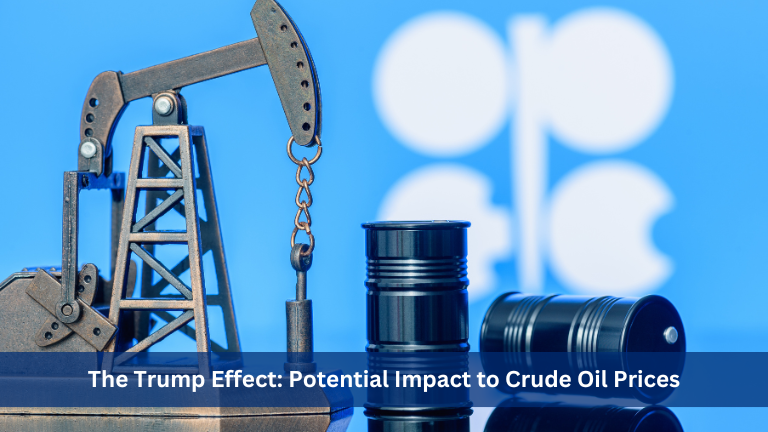Weekly report courtesy of Eurex

The uncertainty surrounding the elections in France weighed on Europe’s stock markets for a long time. Now there is at least a small countermovement. In any case, many are looking to the second half of the year with confidence, especially for European shares.
1. July 2024. FRANKFURT (Börse Frankfurt). After the first round of voting in France, there looks to be a small recovery on the stock markets. As expected, the first round ended yesterday (Sunday) with a clear victory for the right. However, the lead of Marine Le Pen’s Rassemblement National is not as large as feared. President Emmanuel Macron and the left-wing camp now also want to try to prevent her victory with a joint front in the run-off elections on July 7. Robert Halver from Baader expects a “Meloni effect” in any case, i.e. people getting used to right-wing parties in government, as in Italy. “After the price losses of French shares following the European elections, they have catch-up potential.”
The DAX stood at 18.301 points on Monday morning after 18,235 points at the close of trading on Friday. In the first half of the year, the DAX was up almost 9 percent. The US stock markets ended trading slightly lower on Friday after another record-breaking run. The weak performance of US President Joe Biden in his first TV duel with his challenger Donald Trump was a major topic in the US and around the world. Trump is now considered to have even better chances of victory.
Basis for further price rises
With the end of the first half of the year, many analysts are looking ahead to the second half of the year: “After a generally encouraging first half of 2024, there is further upside potential for the stock markets until the end of the year – especially for European indices,” says Sören Hettler from DZ Bank, for example. Following the conclusion of the second round of elections in France and as the reporting season for the second quarter progresses, the chances of improved sentiment among investors in Europe are also good. “The pattern of the past quarters should continue and the earnings trend should tend to exceed analysts’ estimates.” A solid economic environment and a gradual easing of global monetary policy would then form the basis for a further rise in share prices. The bank expects the DAX to reach 19,500 points by the end of the year. US equities, on the other hand, are only expected to rise by a low single-digit percentage.
“First a swing stock market, then further upwards”
“Monetary policy remains the neuralgic point of the markets,” explains Robert Halver. In terms of the global economy, stabilization is expected to remain fragile for the time being. “Over the summer months, we can expect stock markets to initially swing sideways before continuing upwards.” In his opinion, value stocks from the industrial, basic materials, energy and financial sectors as well as second-line stocks from the Russell 2000 will benefit from America’s reindustrialization. “This will allow the dramatic underperformance of second-line stocks to come to an end and the US equity market to gain breadth.”
A possible President Trump will also maintain, if not further improve, the attractive qualities of the US as a business location by extending the tax cuts. “This would also benefit American second-line stocks.” According to Halver, European equities are trading close to their historical valuation discounts on a P/E basis compared to the global equity market, which means potential.
No clear technical picture
According to Christoph Geyer, there are currently contradictory signals from a technical perspective. Although the trend channel has been recaptured, no new upward momentum has developed so far, explains the independent chart technician. “This is not surprising insofar as the buy signals from the indicators were only sufficient for the most recent countermovement.” In the meantime, the indicators are back in neutral territory and are therefore no help for a further upward movement. “It would be important this week that the recent low is not undercut.”
Wichtige Konjunktur- und Wirtschaftstermine der Woche
Monday, July 1
to July 3: ECB Forum and Central Bank Meeting in Sintra, Portugal. ECB President Christine Lagarde opens the annual meeting in the evening, which is the most important industry meeting alongside the central bank conference in Jackson Hole in Wyoming/USA.
14:00. Germany: Consumer prices June. A year-on-year increase of 2.3 percent is forecast after 2.4 percent in the previous month.
Tuesday, July 2
11.00 am. Eurozone: Consumer prices June. A first estimate of the annual inflation rate is expected at 2.5 percent, as Deutsche Bank explains. The core rate is also expected to have fallen slightly to 2.8 percent.
Wednesday, June 3
20.00. USA: Minutes of the Fed meeting on June 11/12.
Thursday, July 4
USA: Independence Day (Fourth of July). Stock exchanges remain closed.
Great Britain: General election. The opposition Labor Party is expected to win. According to DekaBank, however, there are no signs of any major changes in either the political direction or the macroeconomic outlook in the event of a change of government.
13.00. Eurozone: Summary of the ECB Governing Council meeting on June 6.
Friday, July 5
8.00 am. Germany: Industrial production May. According to DekaBank, production has fallen for the third time in a row. In the industrial sector, falling automobile production in particular will have a dampening effect.
14.30. USA: Unemployment rate June. The surprisingly high employment growth in May will not be repeated in June, according to Commerzbank, which expects an increase of 200,000 jobs. The US upswing will therefore continue, but at a slower pace than in 2023.
Trade Micro-DAX® and Micro-EURO STOXX 50® Futures at EUR1.50*. Learn more here.
Trade Stocks, ETFs, Forex & Futures on Phillip Nova
Features of trading on Phillip Nova
- Gain Access to Over 20 Global Exchanges
Capture opportunities from over 200 global futures from over 20 global exchanges
- Trade Opportunities in Global Stocks
Over 11,000 Stocks and ETFs across Singapore, China, Hong Kong, Malaysia and US markets.
- Over 90 Technical Indicators
View live charts and trade with ease with over 90 technical indicators available in the Phillip Nova platform
- Trade Multiple Assets on Phillip Nova
You can trade Stocks, ETFs, Forex and Futures on a single ledger with Phillip Nova


